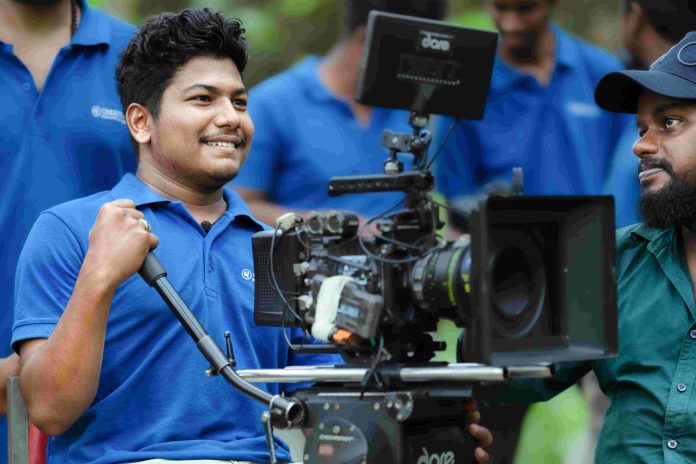Consider a world in which every sparkle tells a tale and every gleam of light reveals a mystery about the beauty it reflects. This is the area of jewelry product photography, an art form that mixes the brilliant sheen of precious stones and metals with a photographer’s expert eye. In this comprehensive guide, we’ll look at the complexities of photographing jewelry in a way that not only highlights its beauty but also entices viewers to look closer.
Recognising Jewelry Photography
Jewelry photography is about capturing the spirit of meticulously crafted pieces and portraying their beauty in a single image, not merely snapping images. It takes a sharp eye for detail, perseverance, and a thorough understanding of light and shadow. Each shot illustrates the story of the skill behind the jewelry, whether it’s the intricate patterns of a necklace or the deep color of a gemstone.
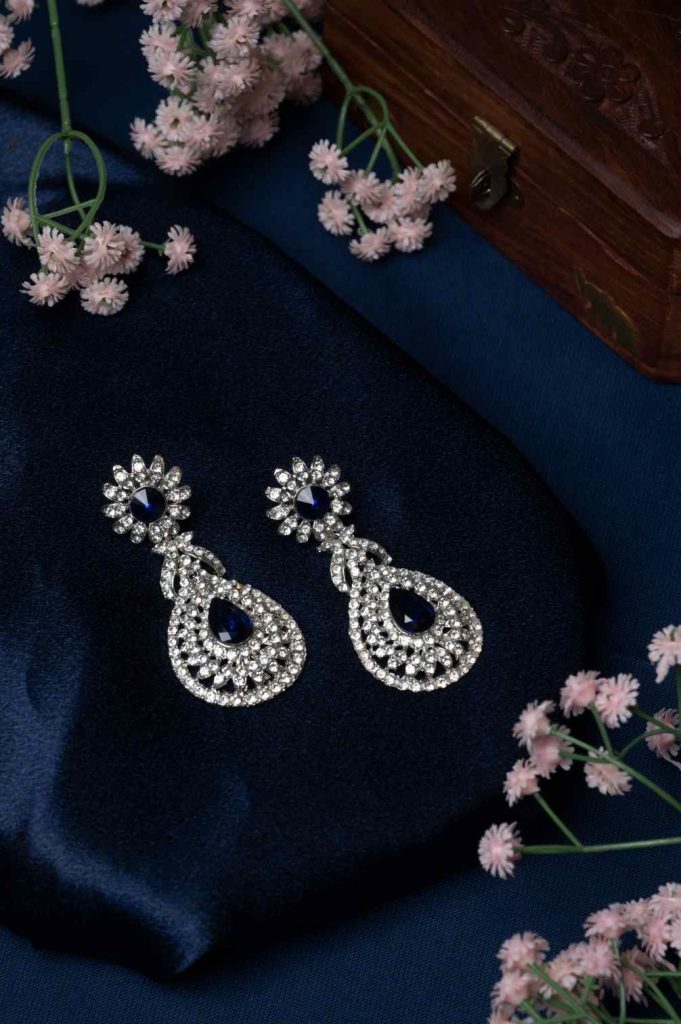
Resplendent: Every time, there will be a reason for our choice.
Lighting’s Importance
The soul of jewelry photography is lighting. It has the power to make or shatter your image. Soft, diffused light accentuates the genuine color’s and sparkle of jewelry while avoiding harsh shadows or reflections. Experiment with different lighting configurations to see what works best for each piece, and keep in mind that the best light is sometimes the one that isn’t directly on your subject.
Choosing an Appropriate Background
The background can either highlight or distract from the jewelry. To maintain the focus on the jewelry, neutral or complementary colours are typically selected. However, don’t be hesitant to play around with textures and tones, especially if they help to communicate the tale you’re attempting to tell with your shot.
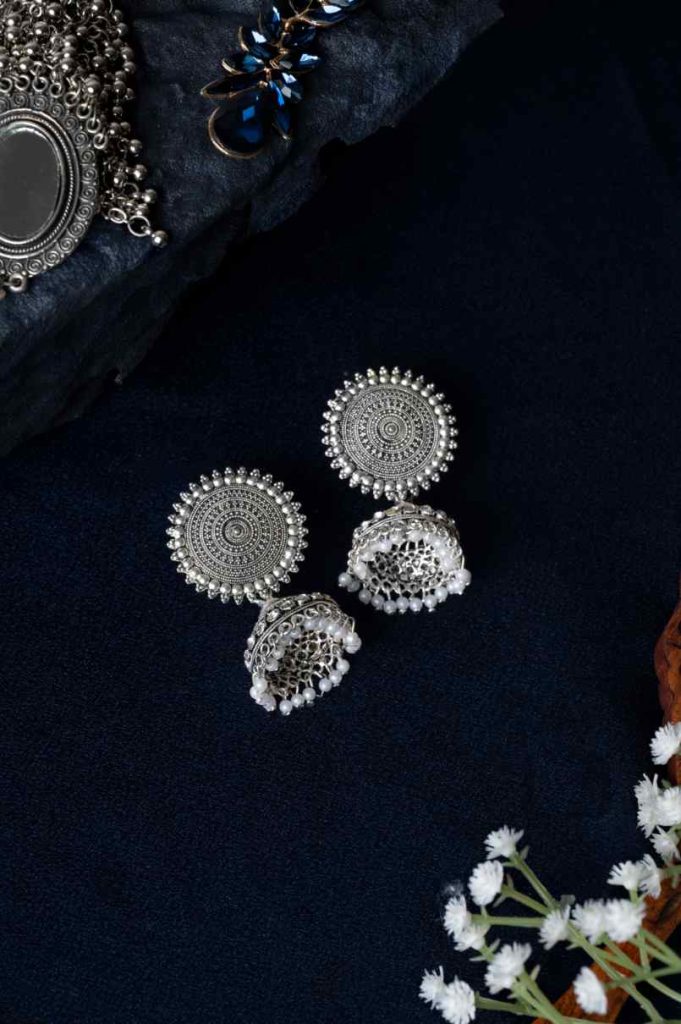
Argent: Invariably delight every one
Camera Preferences and Equipment
Jewelry photography is best done with a DSLR or mirrorless camera equipped with a macro lens. It is critical to understand your camera’s settings like aperture, shutter speed, and ISO. The aperture, shutter speed, and photo graininess all affect the depth of field.
Structure and composition
Composition is essential for producing visually appealing photographs. A few ideas you may employ to improve your images are the rule of thirds, leading lines, and symmetry. Take note of how the jewelry is positioned, and use framing to draw the viewer’s attention to the focal point.
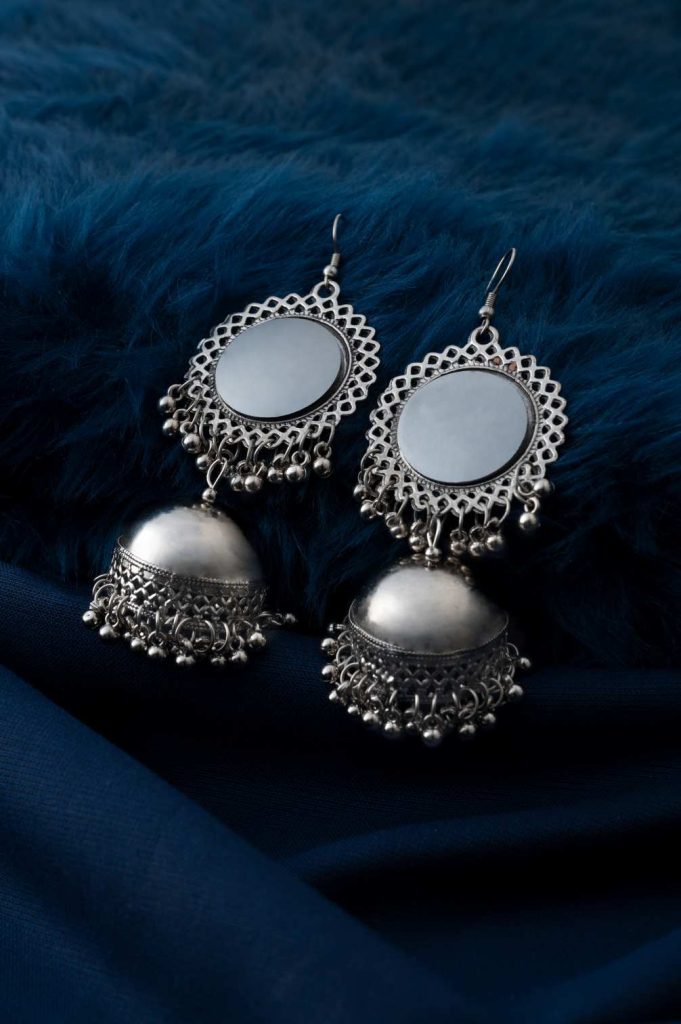
Resplendent: Find a reson to shine your self
Macro Photography Techniques
Macro photography allows you to capture details that the human eye cannot see. It’s very beneficial in jewelry photography for emphasizing complex details, textures, and craftsmanship.
Magic of Post-Processing
Even the best images can benefit from some post-production work. Changing the brightness, contrast, and saturation can help the color’s stand out and the details stand out. However, it is critical to make modifications realistic and not overdone.
Common Issues and Solutions
Reflections, shadows, and a lack of detail are all common issues when photographing jewelry. Learning to manage light and employ reflectors can help alleviate some of these problems. Understanding your camera’s macro capabilities will also allow you to catch even the smallest details with clarity.
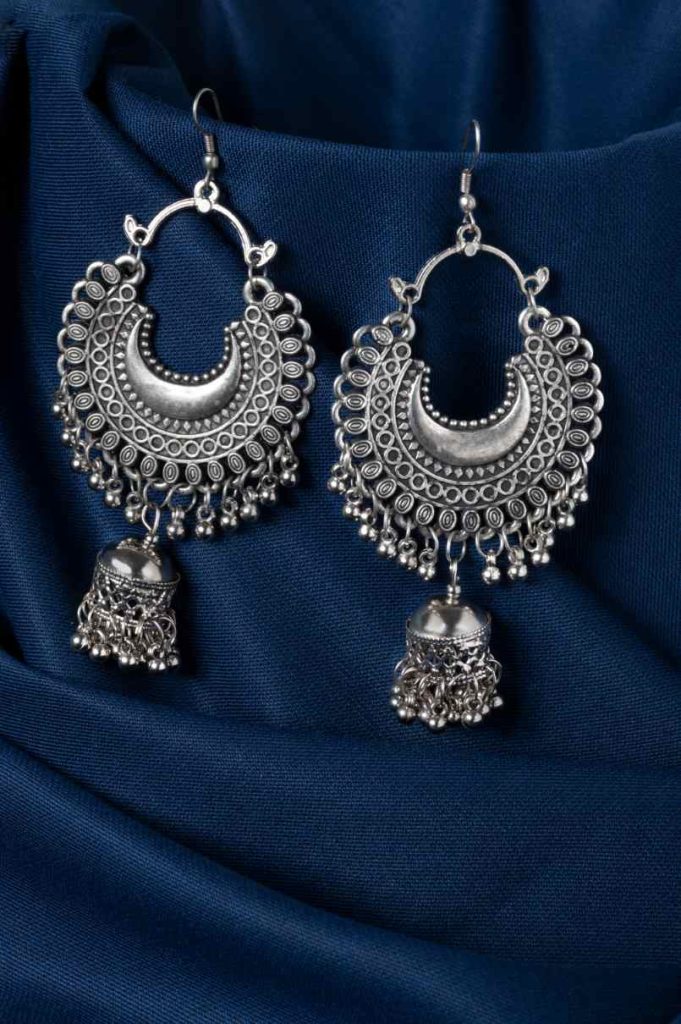
Charm: Make yourself known everywhere
Tips for Photographing Specific Jewelry Types
Different sorts of jewelry necessitate distinct approaches. Photographing diamonds, for example, may necessitate additional lighting sets to capture their brightness, but photographing pearls may necessitate a softer light to bring out their lustre.
Using Your Photos to Tell a Story
Your images should tell a story. Every piece of jewelry has a story, whether it’s the opulence of a diamond ring or the elegance of a simple gold bracelet. Use your images to tell that story to the audience.
The Importance of Authenticity in Keeping It Natural
While it is necessary to present jewelry in its finest light, it is also critical to maintain authenticity. To ensure client happiness and trust, your photographs should appropriately portray the product.
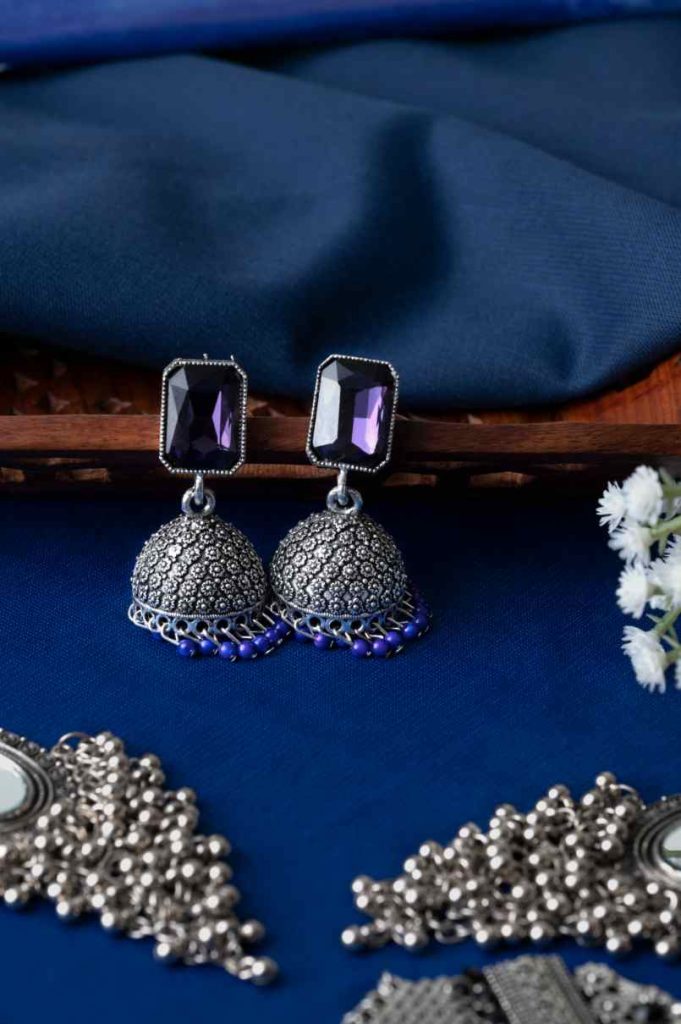
Solitaire: Redeem your choices
Professional Advanced Techniques
Explore sophisticated techniques like focus stacking or utilizing a light tent to take your jewelry photography to the next level. These can help you attain even better results.
Developing Your Portfolio for Jewelry Photography
The secret to drawing clients is having a varied portfolio. To demonstrate your versatility and talent, use a choice of jewelry kinds, styles, and lighting arrangements.
Jewelry Photography as a Business
Developing client contacts, networking, and market knowledge are essential for converting your hobby into a successful business.
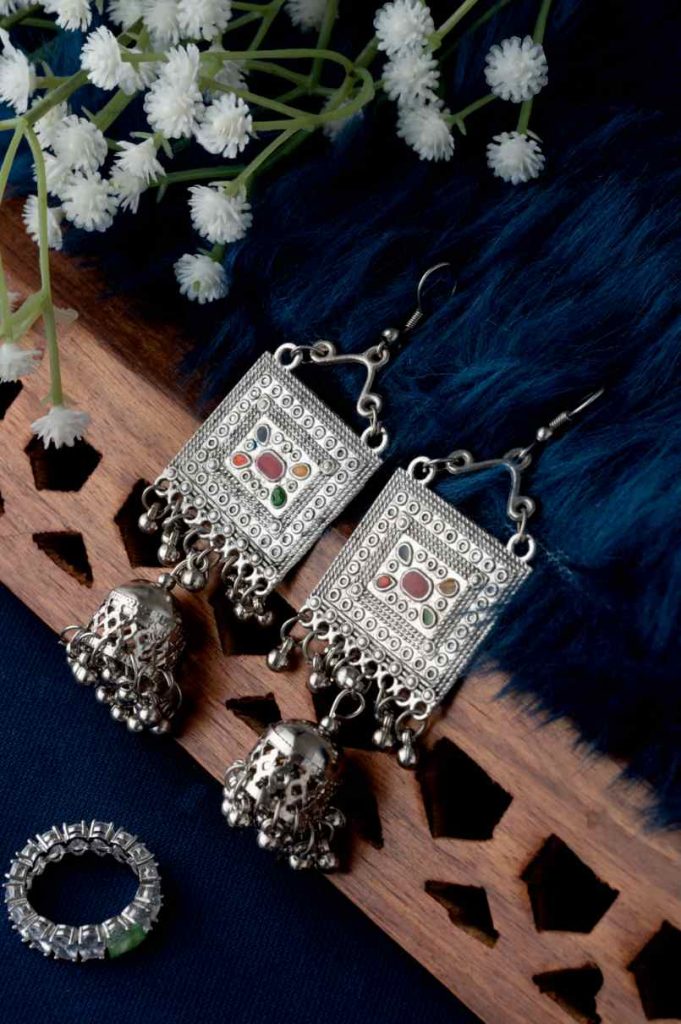
Rravishing: Live your thoughts
Resources and Ongoing Education
The photographic industry is constantly changing. By continuing to learn and maintain relationships with other photographers, you can stay current on the newest methods, gear, and trends in photography.
Copyrights:
All the photos and text in this post are copyright of Sanal Sunny , Thrissur Creative Hut Institute of Photography .Their reproduction, full or part, is forbidden without the explicit approval of the rightful owners.


